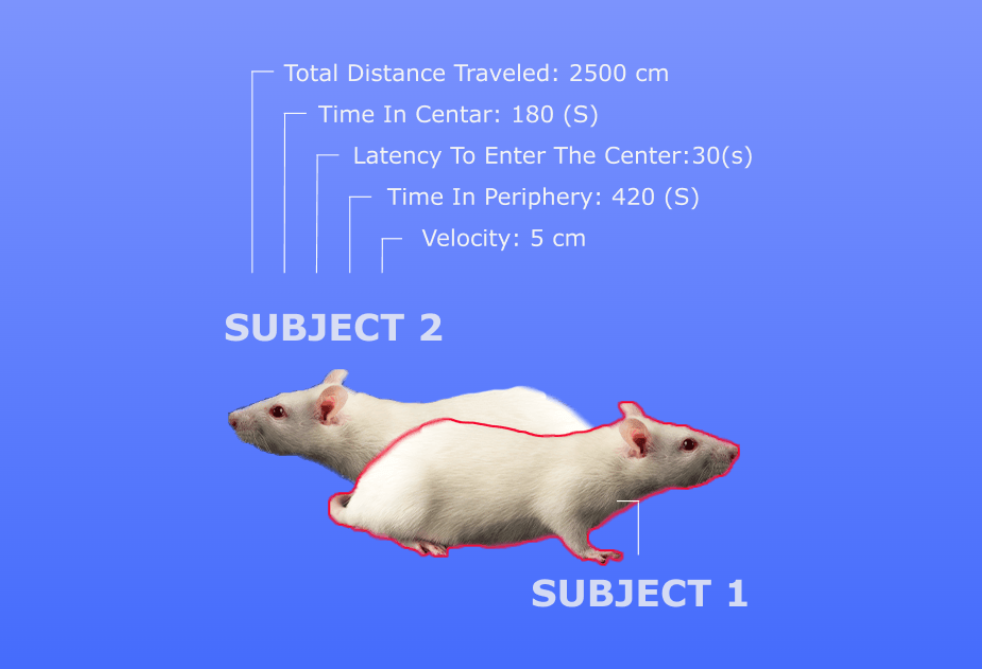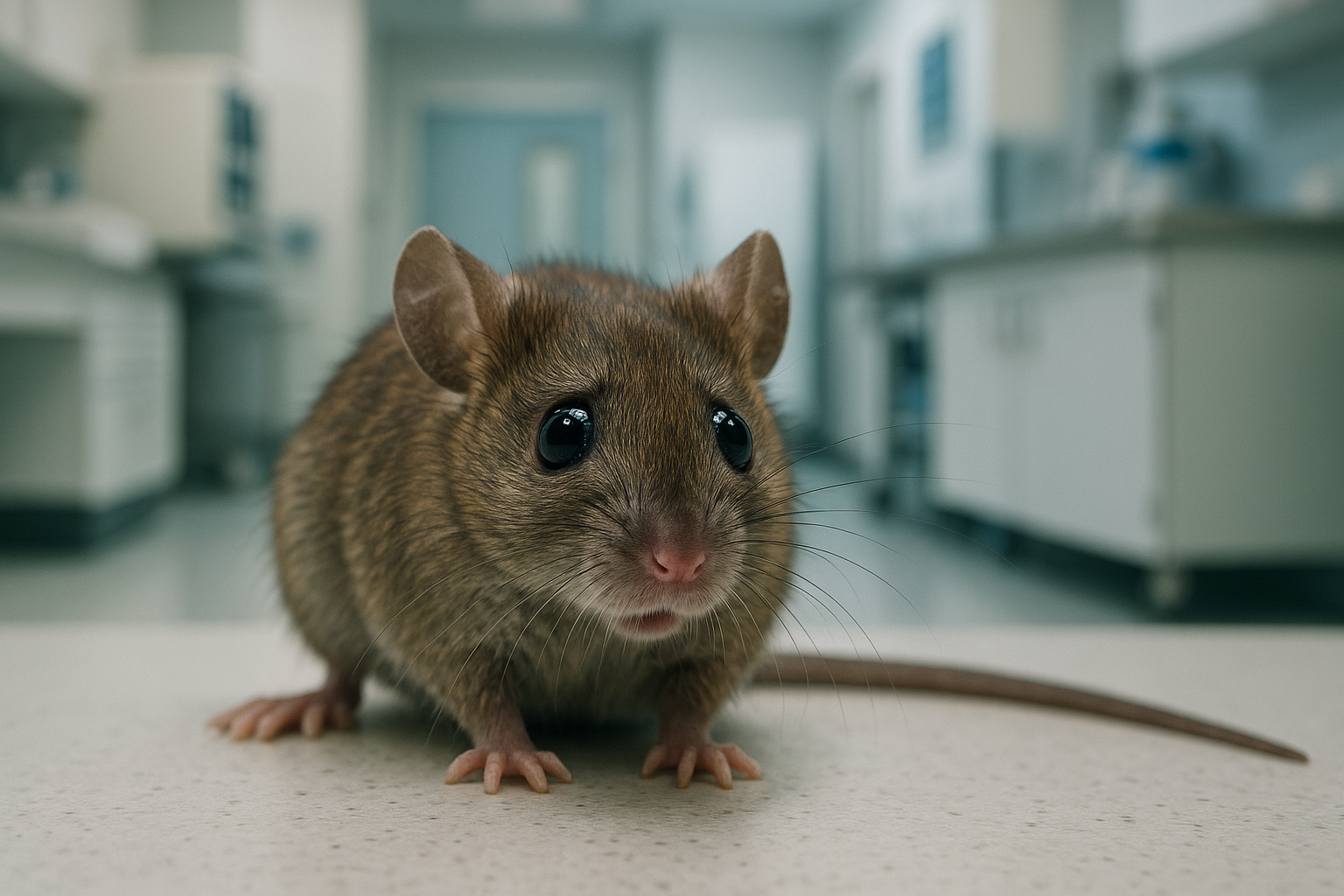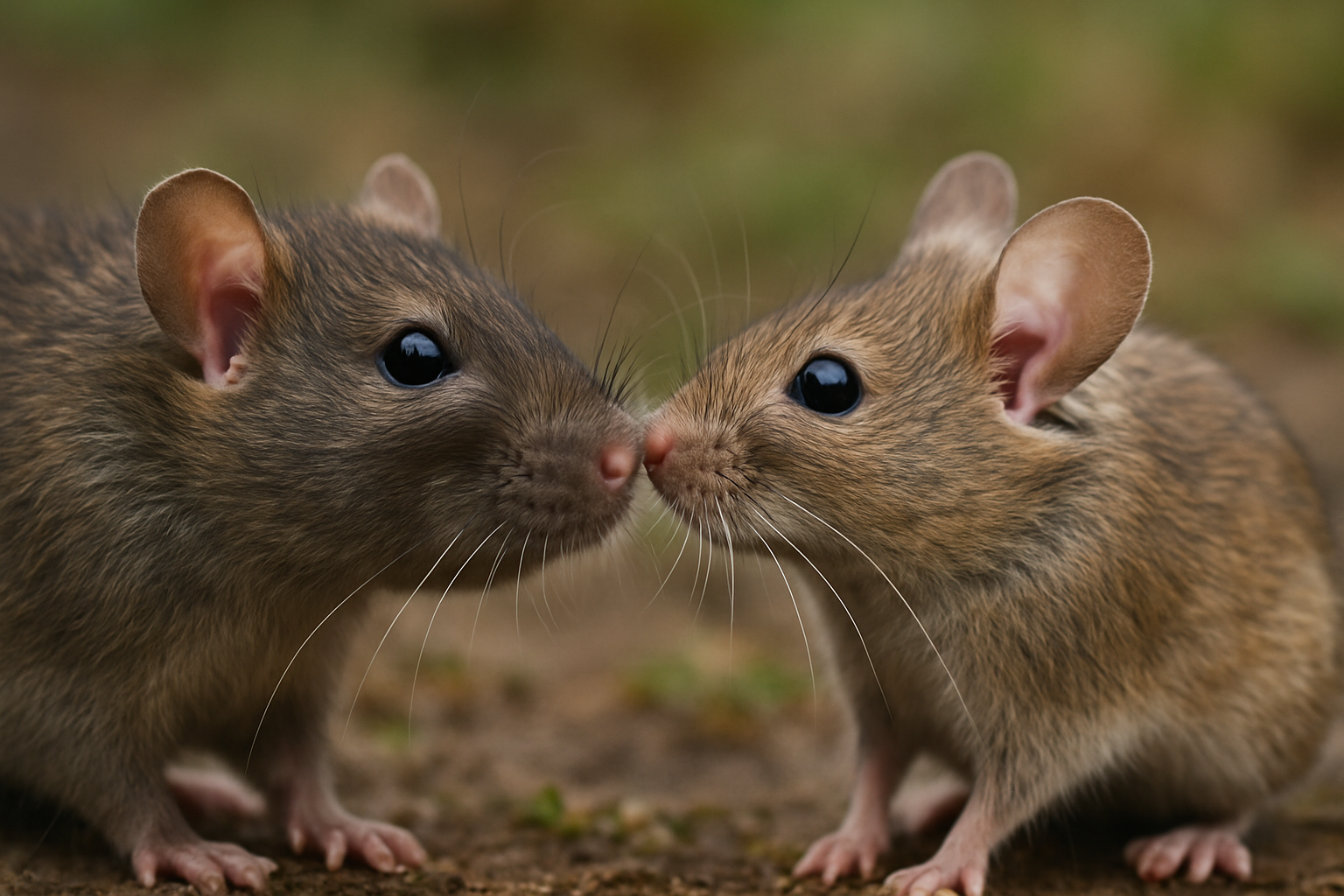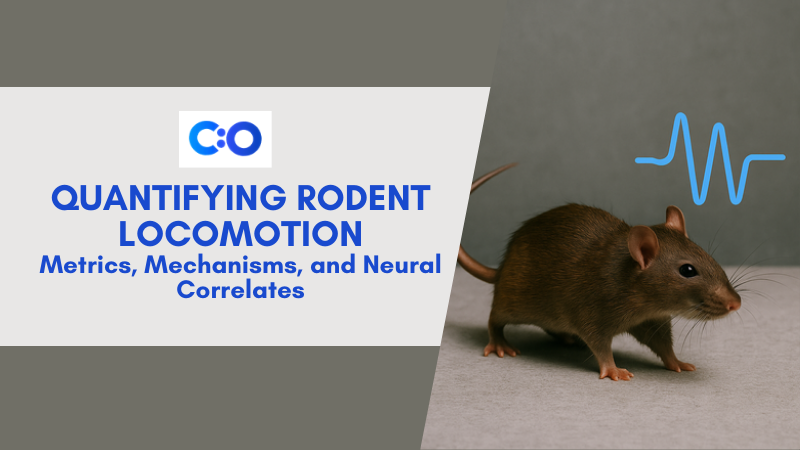
Total Distance Traveled is an important measure in behavioral research that quantifies the distance an animal covers during an experiment. This metric is informative in studies where movement and spatial exploration are linked to emotional states, such as anxiety, curiosity, or general activity levels. Total Distance Traveled gives researchers a measure of an animal’s behavior, highlighting how actively and widely it explores its environment.
While Total Distance Traveled reflects spatial coverage, it’s often considered alongside Total Time Active to provide a fuller picture of behavior. Animals with high Total Distance Traveled generally also show high Total Time Active, as both metrics indicate frequent or consistent movement.
In addition to general activity and anxiety, Total Distance Traveled provides further specific data points that can enrich behavioral analysis:
Total Distance Traveled offers an objective view of how animals navigate their environment, making it an essential component in understanding behavioral patterns. This data can help researchers identify signs of anxiety, physical activity, and exploration, contributing valuable insights for fields ranging from neuroscience to pharmacology.










Vanja works as the Social Media and Academic Program Manager at Conduct Science. With a Bachelor’s degree in Molecular Biology and Physiology and a Master’s degree in Human Molecular Biology, Vanja is dedicated to sharing scientific knowledge on social media platforms. Additionally, Vanja provides direct support to the editorial board at Conduct Science Academic Publishing House.
